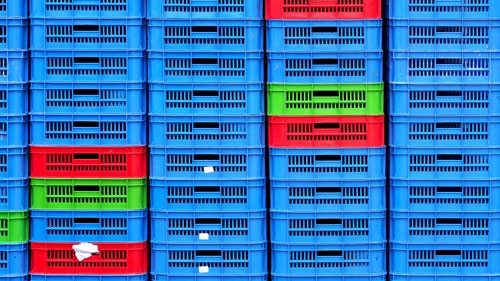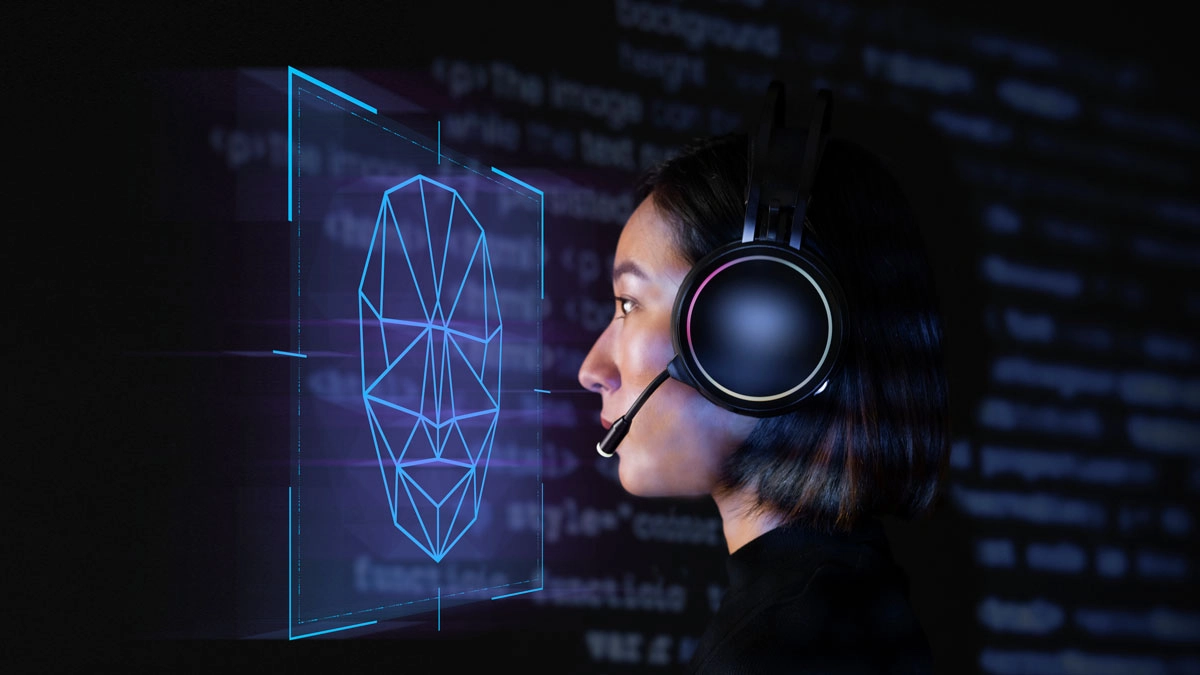In today's interconnected digital landscape, where security threats loom large, organizations continually seek robust solutions to protect their systems and data. Containers have become popular due to their lightweight, scalable, and portable nature.
However, securing containerized environments remains a significant concern. In the aftermath of a security threat, container security platforms play a vital role in identifying vulnerabilities, mitigating risks, and ensuring the integrity and resilience of containerized applications. This blog post will explore how container security platforms help organizations respond to security threats effectively.
1. Rapid Detection and Response
Container security platforms enable organizations to detect security threats in their containerized environments rapidly. These platforms can identify anomalies or suspicious activities by monitoring container behavior and network traffic. Through advanced threat intelligence and machine learning algorithms, security platforms can detect known and unknown threats, including malware, zero-day exploits, and unauthorized access attempts. This proactive approach allows organizations to respond swiftly and contain the threat before it causes substantial damage.
2. Vulnerability Management
Containers are built on various layers of software components, including the operating system, container runtime, and dependencies. Each layer may have its vulnerabilities that attackers can exploit. Container security platforms assist in vulnerability management by continuously scanning container images and underlying layers to identify known vulnerabilities and security misconfigurations. They provide vulnerability assessment reports, enabling organizations to prioritize and remediate vulnerabilities promptly. Organizations can reduce the attack surface and enhance their security posture by keeping containers updated with patches and security updates.
3. Runtime Protection
Container security platforms offer runtime protection to ensure the security and integrity of containerized applications during execution. These platforms enforce security policies and restrict unauthorized container activity by implementing runtime monitoring. They monitor system calls, file system changes, network connections, and container orchestration events to detect malicious behavior or abnormal activities. In the event of a security threat, runtime protection mechanisms can automatically quarantine or terminate compromised containers, preventing the attack's spread and minimizing the impact on the entire environment.
4. Compliance and Auditing
Maintaining regulatory compliance is crucial for organizations across various industries. Container security platforms assist in compliance management by providing auditing and reporting capabilities. They generate detailed logs and audit trails of container activities, including image deployments, runtime events, and access control actions.
These platforms also offer integration with security information and event management (SIEM) systems, enabling centralized monitoring and analysis of container security events. Organizations can avoid penalties and reputational damage by ensuring compliance with industry regulations and internal security policies.
5. Incident Response and Forensics
In the aftermath of a security incident, container security platforms facilitate effective incident response and forensic analysis. They provide:
- Visibility into the attack vectors.
- Compromised containers.
- The extent of the breach.
By capturing real-time data and historical logs, these platforms enable organizations to conduct thorough investigations, understand the attack methodology, and identify potential security gaps. This knowledge helps strengthen security controls and implement preventive measures to mitigate future risks.
6. Continuous Security Monitoring
Container security platforms offer continuous monitoring capabilities that enable organizations to maintain a robust security posture. They provide real-time visibility into the container environment, including image registries, container orchestration platforms, and runtime behavior.
By monitoring for potential security threats, anomalous activities, and compliance violations, these platforms help organizations stay vigilant and respond promptly to emerging risks. Continuous security monitoring ensures that containers remain secure throughout their lifecycle and enables proactive threat hunting.
Container security platforms play a pivotal role in the aftermath of a security threat by assisting organizations in identifying vulnerabilities, responding swiftly, and maintaining the integrity of containerized applications. These platforms offer rapid detection and response, vulnerability management, runtime protection, compliance and auditing capabilities, and incident response.





No Comments Available...